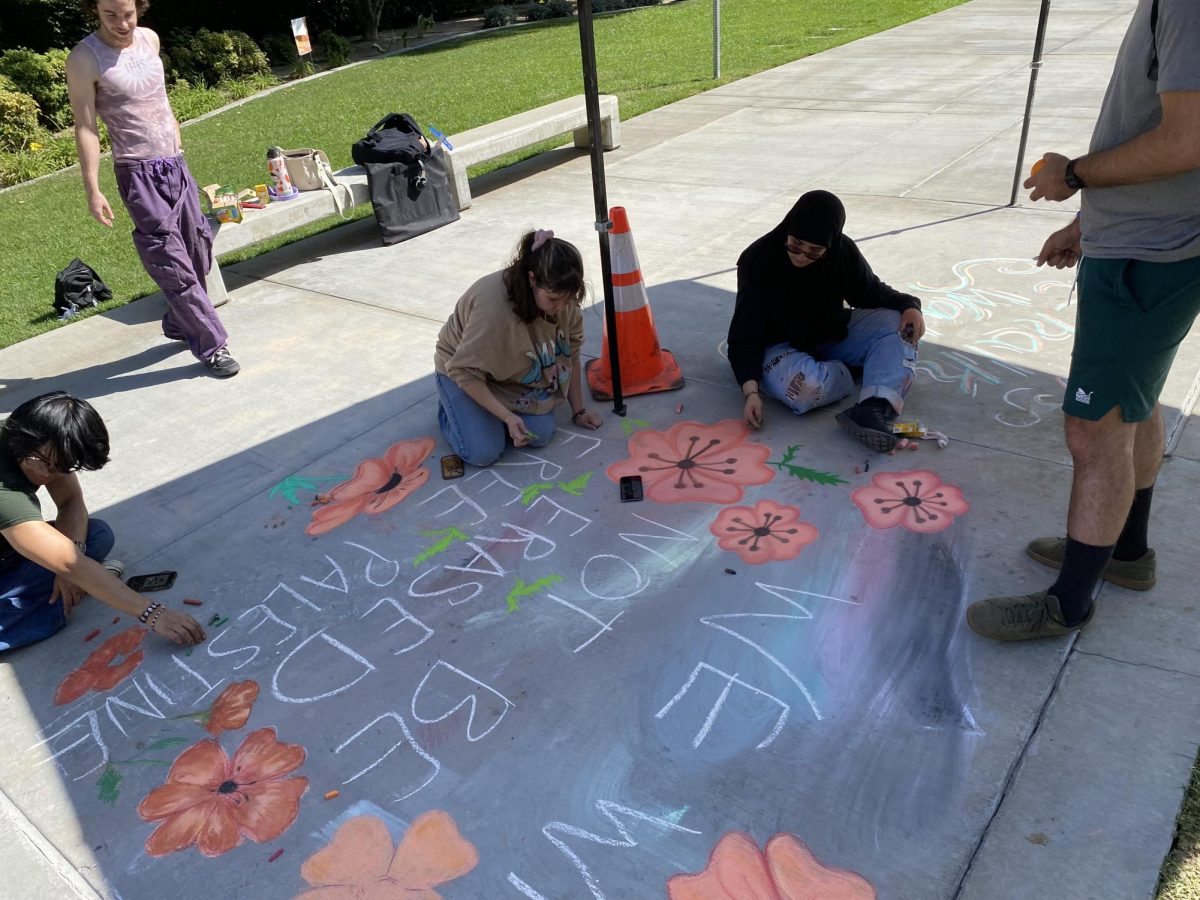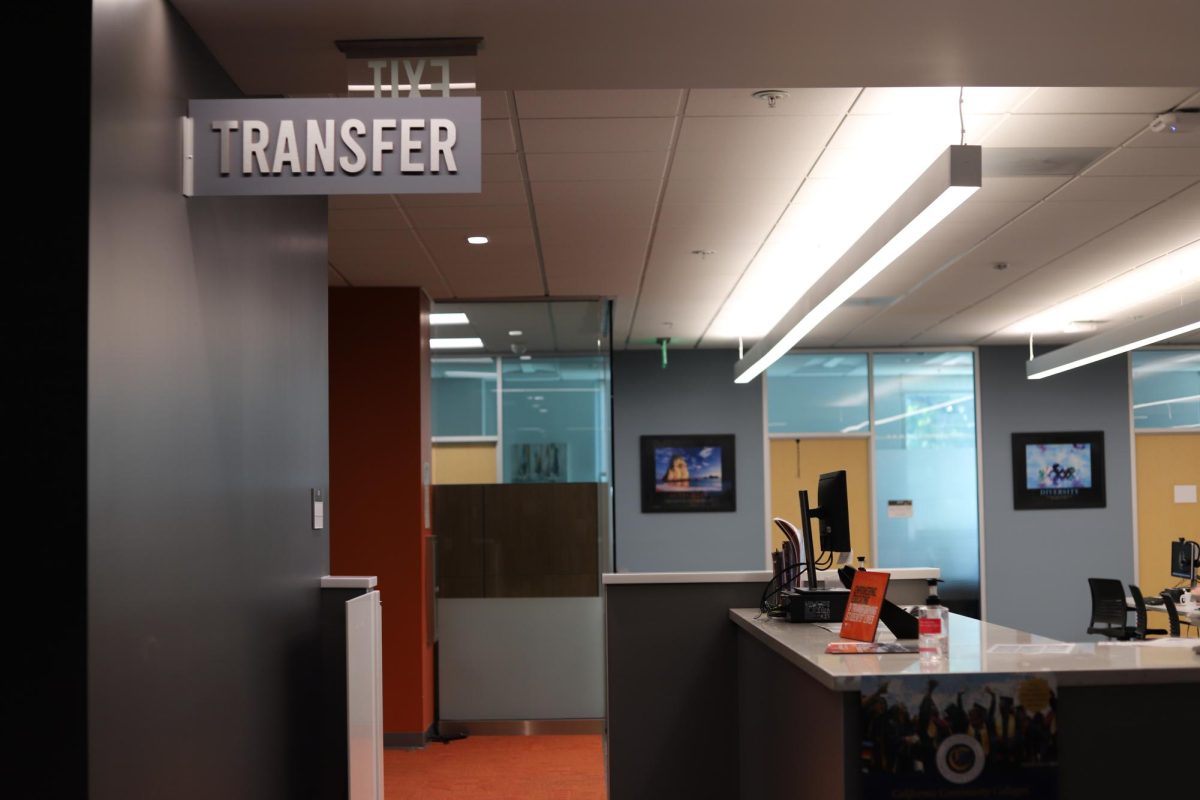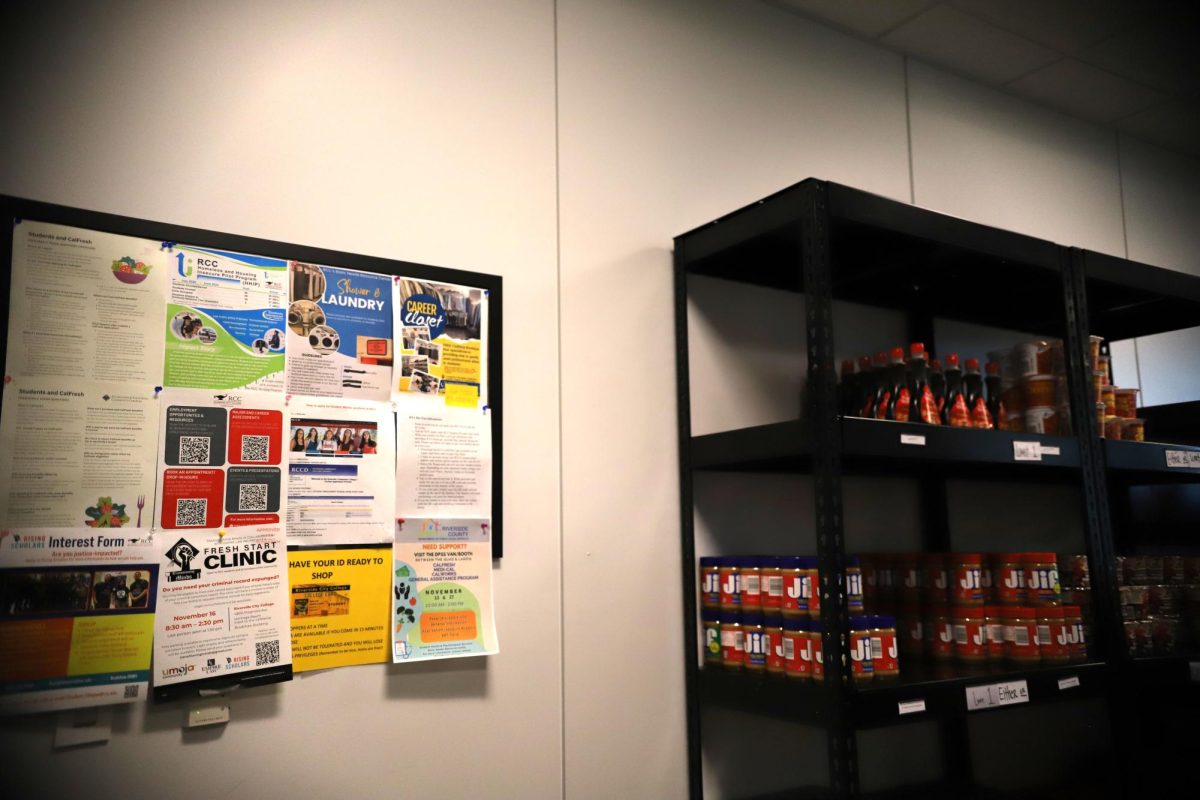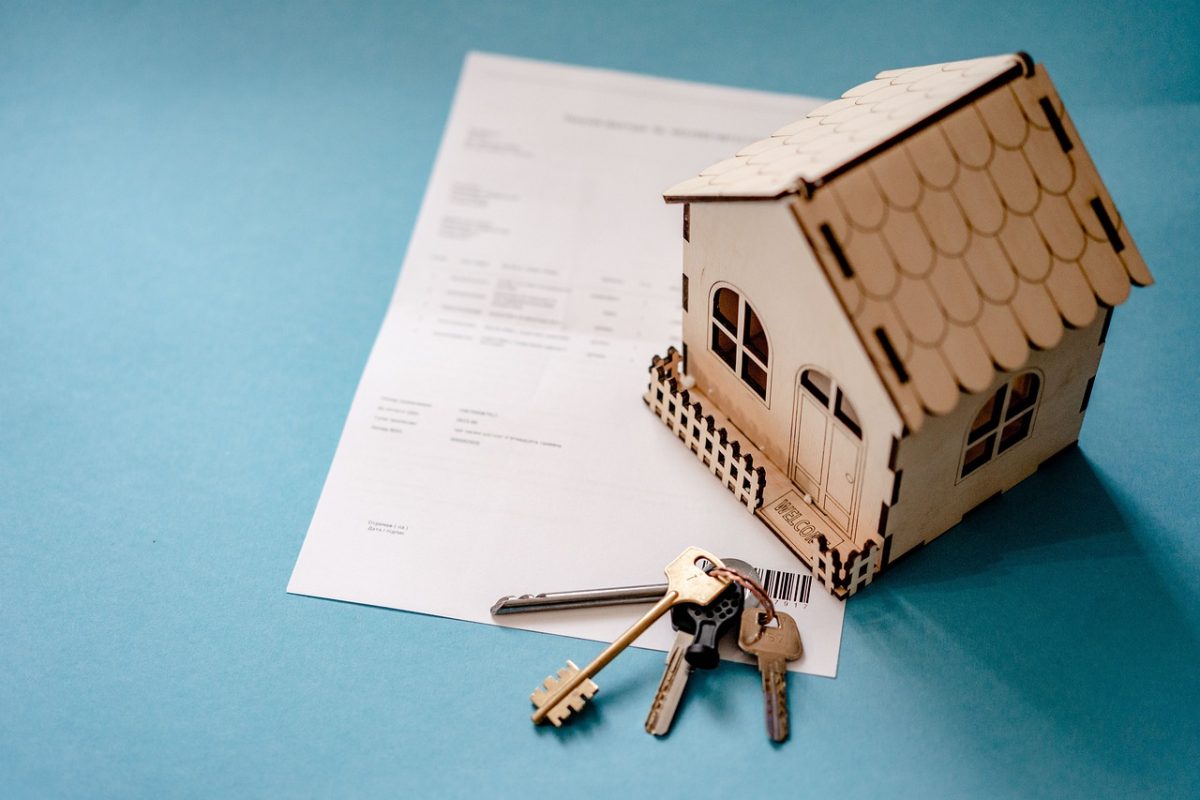By Jennipher Vasquez
This is the first part of a series on Dodger Stadium’s effects.
Children and grandchildren of displaced residents from Palo Verde, La Loma and Bishop, which is now home to Dodgers Stadium, are pushing to get the story right.
The residents’ descendants created Buried Under the Blue, an organization that is working to shed light and preserve the history of what occurred on May 9, 1959. On that day, brutal evictions took place in the three communities that now lie beneath Dodger Stadium — also known as “Black Friday.”
The organization is also looking to change Black Friday’s narrative.
“The narratives that described our communities of Palo Verde, La Loma and Bishop were that they were poor, they were dangerous, they were uneducated,” said Vincent Montalvo, Buried Under the Blue co-founder. “Those were completely untrue. Sometimes when we went back to these stories, listening to my grandparents and them telling us how they owned homes it came across to me as, ‘How can we be written as poor?’ ”
Montalvo’s grandparents sold their home before the evictions made way for Dodger Stadium and moved to Echo Park, where he was later raised.
He said what was important to the people of those three communities was that they could have a part of the American dream and own homes. Some families even owned multiple homes and were part of a community of people where everyone looked out for one another.
“Having these discussions with colleges and high school kids has also (awakened) them because they think we’re in a perfect time where people are starting to rediscover their indigenous roots,” Montalvo said. “With all that education we’ve given to them I think that’s helped them come to an understanding that they must question everything now.”
He strives to tell the story accurately of how his grandparents experienced it. He said how unfortunate it is that he, and many former residents or relatives of residents, realized their families’ story of displacement was being told incorrectly.
“Most of it was obviously the opposite of what happened in the books,” Montalvo said, recounting one of many stories his grandparents shared with him. “I’ve listened to my grandfather’s ways of life there. They farmed, they raised their own food and they policed themselves, that’s another big one.”
He said, because the communities were close-knit and lacked telephone signals, they did not reach out to law enforcement for any occurrence and handled it themselves. Similar to a tribal council.
Montalvo said this was the norm in the three communities because they all relied on each other and created family-like bonds.
There was no police interaction within those communities until it got close to the time to remove everyone from their homes forcibly. Only White police officers were sent to the communities to harass them, beat them and shove them in patrol cars and drop them off in other neighborhoods to send the message that they needed to leave soon.
“At the end of the day our country paid us by kicking us out of our homes,” Montalvo said. “And that’s one of the main things that stuck with them and why it was so painful and stinging to this day. Most of the elders would never step foot at a (Dodgers) game or even watch a game, and if you think about it that’s what the psychologists talk about with inherited trauma.”
Another Buried Under the Blue spokesperson, Melissa Arechiga, experienced the displacement firsthand because her family was among those in Palo Verde that refused to leave their homes and were forcefully removed by police. People around the country watched from home as it was broadcasted on the news.
“I’m upset, I’m disappointed, I feel like our people deserve so much better,” Arechiga said. “People say I’m upset because, ‘It’s just because it’s your family.’ And yeah, it is my family, you’re 100% right, but if it wasn’t my family it would still be brown history. If it’s not brown history then what is their history? Christopher Columbus?”
Arechiga’s family was one of the remaining families in Palo Verde. The other two communities that had not sold and left their homes were displaced after Black Friday.
She said she hopes that by bringing broader awareness to what their families went through and their deep-rooted trauma that people who have not experienced similar situations will want to learn more.
“Maybe they can start to grow a sense of understanding to lay the foundation,” Arechiga said. “When it’s personalized and they’ve experienced it themselves it changes the dynamics of how they digest the history … but somebody who’s never experienced these things, it’s like they’re removed from it, they haven’t been touched by those life experiences. So it’s always good to start there and ask, ‘Have you been or do you know anyone who’s been displaced’ and take it from there.”
She hopes they will further the conversation and prevent further gentrification and displacements in brown-dominated communities by asking those questions.







